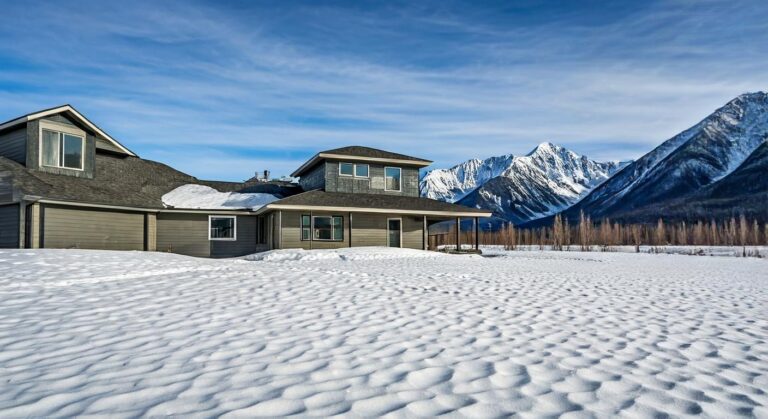Living in Whitehorse means embracing our stunning northern landscape, but it also means facing unique challenges when it comes to protecting our homes. As the seasons change dramatically from freezing winters to thawing springs, our houses can become vulnerable to one of the most silent yet destructive forces: water intrusion. Ignoring the early warning signs of water intrusion in Whitehorse can lead to expensive repairs and even health hazards for you and your family. Being able to spot these signs early can save you thousands of dollars and countless headaches down the road.
Why Water Intrusion Is a Serious Concern in Whitehorse
Our northern climate creates particular challenges when it comes to water damage. The freeze-thaw cycles we experience can be brutal on home structures, creating cracks and openings where water shouldn’t go. Plus, our heavy snowfall, when it melts, can overwhelm drainage systems and find its way into our homes through paths of least resistance.
Water damage isn’t just about stains on your ceiling – it can compromise your home’s structural integrity, decrease property value, and even create health risks through mold growth. That’s why recognizing the signs early is crucial for every Whitehorse homeowner.
The 5 Warning Signs You Shouldn’t Ignore
1. Mysterious Musty Odors
Have you ever walked into your basement or a rarely used room and been hit with that unmistakable musty smell? That’s often your first indicator of hidden moisture. This distinctive odor happens when water activates dormant mold spores, causing them to grow and release compounds that have that characteristic damp smell.
Don’t just reach for the air freshener! This smell is your nose warning you about potential water intrusion that needs addressing. Even if you can’t see visible signs yet, that musty odor is telling you something’s wrong beneath the surface.
2. Unexplained Stains and Discoloration
Water leaves its signature through stains and discoloration. Keep an eye out for:
In Whitehorse’s climate, these stains might appear during spring thaw or after heavy rains. Don’t dismiss them as normal aging of your home – they’re likely indicators of water finding its way where it shouldn’t be.
3. Increasing Energy Bills
Noticed your heating bills creeping up without explanation? Water intrusion might be the culprit. When insulation gets wet, it loses much of its effectiveness. This means your heating system has to work overtime to maintain comfortable temperatures.
In our Yukon winters, efficient insulation isn’t just about comfort – it’s a necessity. Water-damaged insulation can cost you significantly in energy expenses while also indicating a bigger problem that needs addressing.
4. Visible Mold Growth
Mold needs three things to thrive: water, food (usually in the form of organic materials like wood or drywall), and the right temperature. Unfortunately, even during our cold winters, indoor heating creates perfect conditions for mold growth if moisture is present.
If you spot fuzzy or slimy patches in colors ranging from black to green to white, you’re looking at mold. Common places include:
Mold isn’t just unsightly – it can trigger allergies and respiratory problems, particularly in children and those with existing health conditions.
5. Foundation Changes
Our seasonal freeze-thaw cycles put tremendous pressure on foundations. When water seeps in and freezes, it expands and can create cracks. Watch for:
Foundation issues can be among the most expensive to repair, so catching water intrusion at this level early is essential.
What to Do When You Spot These Signs
If you’ve noticed any of these warning signs in your home, don’t panic – but don’t delay either. The sooner you address water intrusion issues in Whitehorse, the less damage and expense you’re likely to face.
First, try to locate the source. Is it coming from:
For minor issues you might be able to address them yourself with improved ventilation, dehumidifiers, or simple repairs. However, persistent or severe water intrusion usually requires professional assessment and remediation.
Preventing Water Intrusion in Your Whitehorse Home
Prevention is always better (and cheaper) than cure. Consider these preventative measures:
These simple steps can help protect your biggest investment – your home – from the damaging effects of water intrusion.
Water might be essential for life, but it can also be destructive when it appears where it shouldn’t in your home. By paying attention to these five critical signs of water intrusion in Whitehorse, you’re taking the first step toward protecting your property, your finances, and your family’s health. Remember that our unique northern climate brings specific challenges, so being vigilant about water intrusion isn’t being paranoid – it’s being a smart homeowner in the North.







